Preserving the Past: A Guide to Choosing the Right Roof for Historic Homes
Owning a historic home is a unique experience, filled with charm, character, and a sense of connection to the past. One of the most critical aspects of maintaining the authenticity and beauty of a historic home is choosing the right roof. From classic materials to architectural considerations, selecting the perfect roof for a historic property requires careful thought and attention to detail. Here's a comprehensive guide to help you navigate the process:
1. Research Historic Styles: Before diving into roof options, familiarize yourself with the architectural style of your historic home. Different periods and architectural styles often feature distinct roof designs and materials. Whether it's a Colonial, Victorian, Craftsman, or Tudor-style home, understanding the original roof style will guide your decision-making process.
2. Consider Historic Materials: Whenever possible, choose roofing materials that are historically accurate for your home's era. For example, if you own a Colonial Revival home, cedar shakes or shingles may be the most appropriate choice. Victorian homes, on the other hand, often feature intricate slate or metal roofs. Researching the traditional roofing materials used during the time your home was built will help maintain its authenticity.
3. Consult Preservation Guidelines: Many historic districts and preservation organizations have guidelines and regulations regarding renovations and alterations, including roofing materials and designs. Before making any decisions, check with local authorities or preservation boards to ensure compliance with historic preservation standards. These guidelines are designed to protect the integrity and character of historic properties.
4. Assess Durability and Longevity: While authenticity is crucial, durability and longevity are also essential factors to consider when choosing a roof for a historic home. Opt for high-quality materials that can withstand the test of time and the elements. For example, slate and copper roofs are known for their durability and can last for centuries with proper maintenance, making them ideal choices for historic properties.
5. Match Architectural Details: Pay attention to architectural details when selecting a roof for your historic home. The roof should complement the overall style and aesthetic of the property, enhancing its architectural integrity. Consider elements such as pitch, dormers, eaves, and trim when choosing the right roofing material and design. Strive for harmony between the roof and the rest of the home's features.
6. Balance Authenticity with Practicality: While authenticity is important, practical considerations such as cost, maintenance, and energy efficiency should also be taken into account. Some traditional roofing materials may be more expensive or require more maintenance than modern alternatives. Balancing historical accuracy with practicality ensures that your roof not only preserves the character of your home but also meets your functional needs and budget.
7. Work with Experienced Professionals: When it comes to roofing historic homes, it's crucial to work with experienced professionals who specialize in historic preservation and restoration. A skilled roofer with knowledge of historic architecture can help you navigate the complexities of choosing the right roof for your home while preserving its unique character and heritage.
In conclusion, choosing the right roof for a historic home requires a delicate balance of authenticity, durability, and architectural harmony. By researching historical styles, consulting preservation guidelines, and working with experienced professionals, you can ensure that your roof not only protects your home but also honors its rich history and legacy for generations to come.





